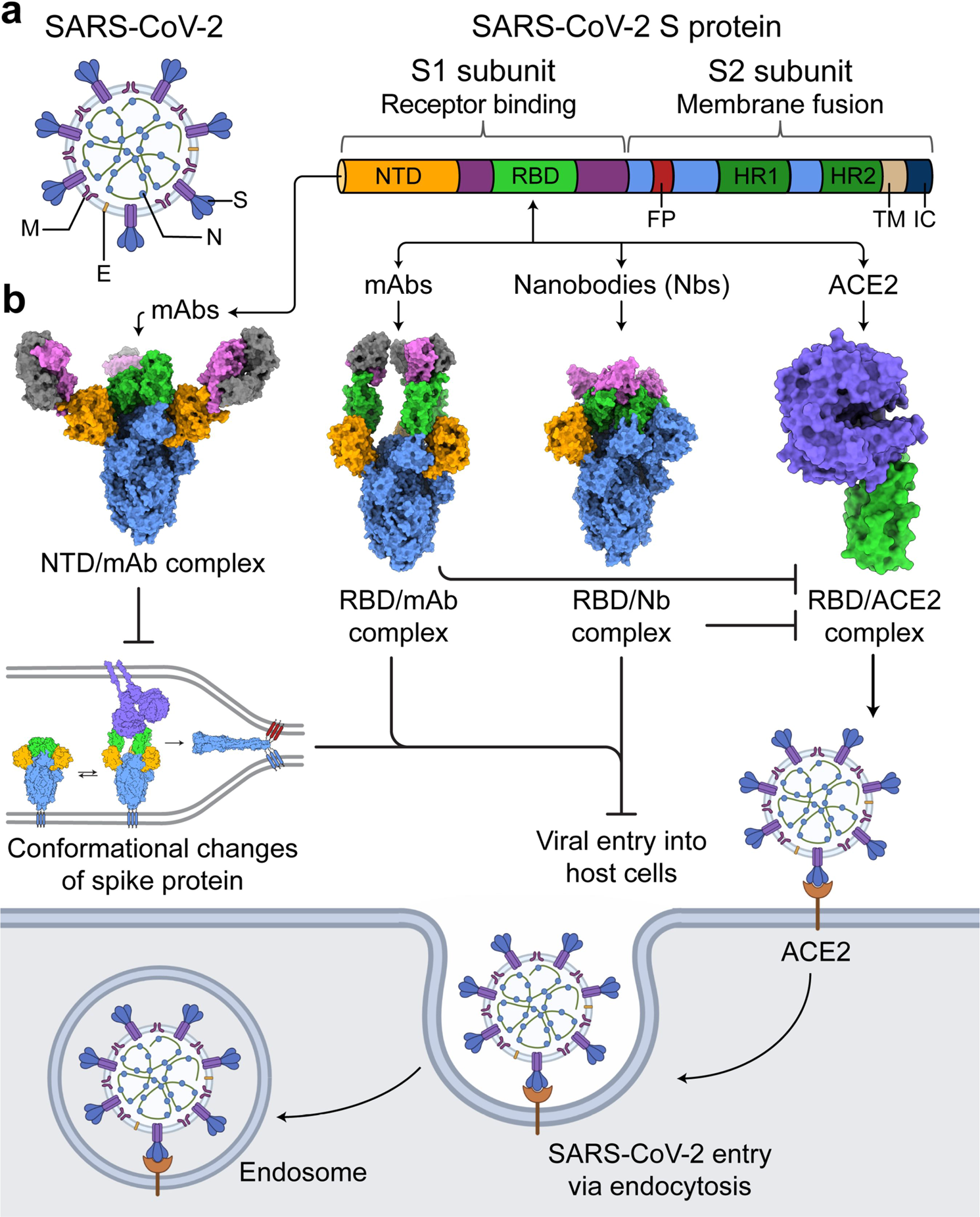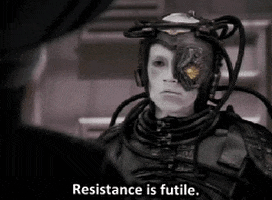- Joined
- Jan 15, 2006
- Posts
- 122,824
- Reaction score
- 4,076
- Points
- 113
I apologize if this is way too much detail but I've mentioned "S" and "N" proteins but never really delved into the detail about why these are important to testing for antigen and for triggering immune responses in vaccines.

S and N Proteins: In the the upper left hand corner of the illustration above is a picture of the general structure of SARS-CoV-2 (labeled "a"). Notice that on the outside of the virus, there's a broccoli-shaped "S" protein and on the inside there's a twisting "N" protein.
Antigen Testing: The antigen tests look for these proteins. If the test strip reacts, then the sample contains these proteins.
Antibody Testing: In protein subunit and mRNA vaccines, proteins similar to the "S" spike are used to trigger your body to make anti-S antibodies.
In antibody tests, if you have antibodies to the "N" protein, you've had a past infection with COVID-19 because most of the modern vaccines introduce the "S" protein but not the "N" protein. Your body would only make anti-N antibodies if you had actually been exposed to the virus.
Why is the "S" protein important in vaccine-making? Because this spike protein is what the virus uses to infect cells in the lungs and on the lining of blood vessels. On the bottom of the illustration, you can see that the "S" spike attaches to an ACE2 receptor on the outside of cells and this is how it gets into the cell to infect it.
How do protein subunit vaccines work? What the protein subunit vaccines contain is proteins that are in the RBD section of the spike protein (in the upper right hand corner of the illustration). The RBD section is where the spike "sticks" onto the ACE2 receptor.
When your body sees the RBD proteins from the vaccine, it starts making antibodies for that protein.
Antibodies are like glue, so if you have antibodies that can stick on to the RBD part of the spike, it cannot infect the cells.
Why do vaccinated people get mild symptoms but unvaccinated people are more likely to get severe illness? Without the "S" protein, SARS-CoV-2 would be just another coronavirus and would cause a "common cold". It's that "S" protein that makes the virus more dangerous.
The vaccines trigger your body to make antibodies that stick onto the "S" protein which keeps it from infecting the lungs and blood vessels. Without the lung infection and the blood clotting from the effects on the lining of the blood vessels, you're less likely to get severe illness after being vaccinated.
So the endosome is like its own little nucleus-like structure that lets the virus just hang out in the cell?








